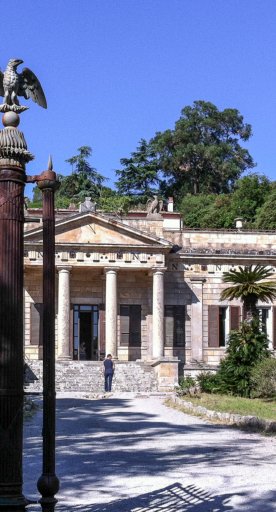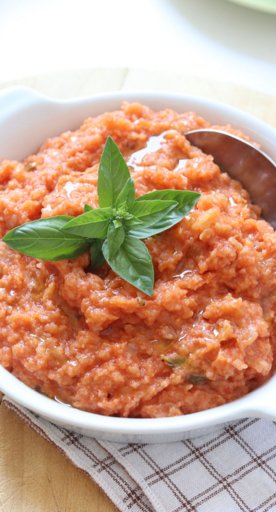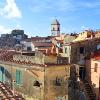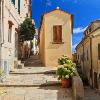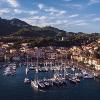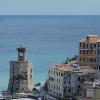A maze of beautiful paths branches off from the center of Rio, making it possible to explore this area of the Island of Elba even on foot. Among the destinations to be reached is the impressive Castle of the Volterraio, a Pisan fortress dating from the 11th century, erected on top of a hill from where the view of the bay of Portoferraio is beautiful.
From Rio you can also set out to explore Elba's ancient mines, thanks to the project of the Parco Minerario dell’Isola d’Elba (Mining Park od the Island of Elba) set up with the aim of raising awareness about the millennia-old culture of mining and processing of iron and of which the Rio Marina Museum mentioned about is also a part. Amid lunar landscapes and unexpected colors, the mining trails can be explored in the company of a guide, on foot or aboard a small train.
Near Rio, the Church of Santa Caterina, a small 16th-century sanctuary to which a hermitage is attached and located on the road to Nisporto, is worthy of interest. Along the same road is the Orto dei Semplici Elbano, dedicated to the study of plants from Elba and the Islands of Tuscany and their traditional use in food and medicine.
Finally, sea lovers can take their pick: Cavo, a well-equipped seaside destination with a sandy beach that stretches as far as Capo Castello and a beautiful cliff coast stretching as far as Capo della Vita. Sandy beaches also include those at Nisporto, Rio Albano and Topinetti, while pebble beaches can be found at Nisportino, Bagnaia, Le Secche, as well as Cala dell'Alga, Fornacelle, Marina di Gennaro, Porticciolo, San Bernardo and Cala Seregola. Those who love rocks, however, will find Ortano and Vigneria perfect.







